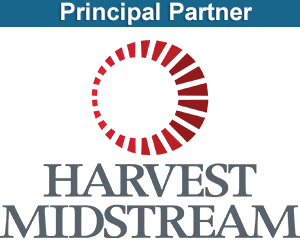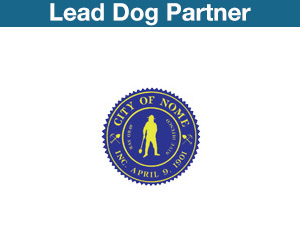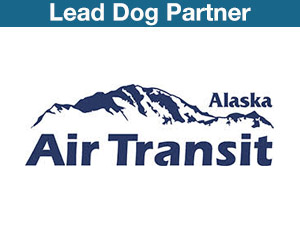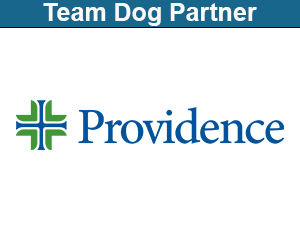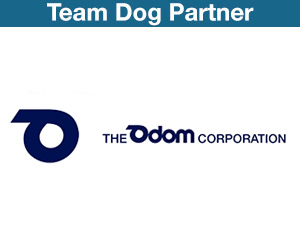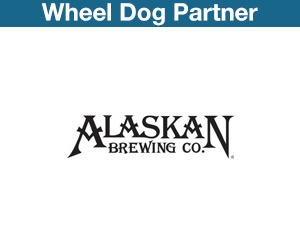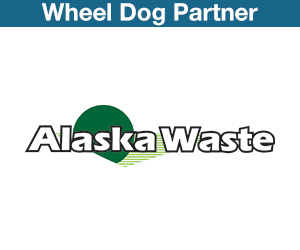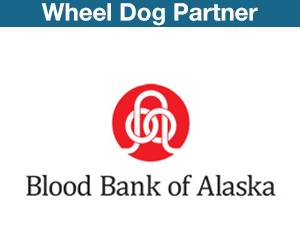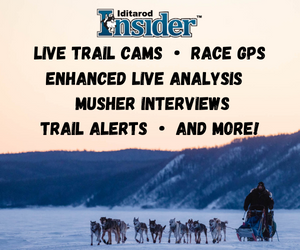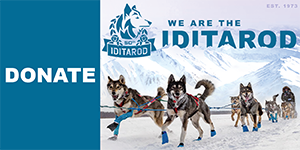There are four rookies we have yet to meet in the 2022 Jr. Iditarod. There are six veterans with a combined 7 years of previous Jr. Iditarod experience. There are a total of nine new-comers. The field of 15 mushers is larger than the previous few years. The field has six male musher and nine females. Before meeting the final four, let’s take a trip back to the first Jr. Iditarod held in 1978. The format was a bit different than the current.
Five years after the inaugural Iditarod in 1973, the juniors had their own Iditarod. It looked quite different than the Jr. Iditarod of today. In 1978, the first year of the junior race, there were two divisions of mushers. The senior division contestants, ages 15 to 17, ran 10 dogs for a distance of 40 miles including an overnight camping layover at Nine Mile Hill. Incidentally, that was where Eric and friends were camped with their dog teams when he shared his dream of a distance race for young aspiring Iditarod mushers. The junior division, ages 11 to 14, ran 6 dogs for a distance of 18 miles in a one day event.
The next year the race was changed to only one division of ages 14 to 17 and ran 90 miles with a maximum of 10-dogs. For the past 35 years, the juniors have run a distance of about 150 miles. Generally the route now runs from Knik Lake out to Yentna Station where the teams take a required ten-hour rest plus the starting differential before heading to the finish line at Willow Lake. Snow conditions have caused some modifications. In 2003 the race was run out of Glenallen. In 2015 the race went north to Cantwell and the Denali Highway. Other years the start or finish have been moved from Knik Lake to Willow or Buser’s Happy Trails Kennel. The trail crew does an excellent of job of setting and marking the trail where ever Mother Nature permits.
Tietje Paveglio of Eagle River Alaska is participating in her first Jr. Iditarod. She has participated in Chugiak Junior Races and the Willow Jr. 100 where she recently claimed 8th place. Six years ago, Tietje started out as a sprint musher but has transitioned to long distance mushing. Matt Paveglio, Tietje’s father is heading to the Iditarod trail for his rookie run to Nome. Matt says he’s been raised wild and free. Perhaps Tietje is a chip of the old block feeling that mushing allows her to be more free and more alive. She appreciates the great friends and mentors she’s met through the sport of mushing. Tietje enjoys Riflery and being outside. She’s excited about the Jr. Iditarod and ready to run with Kathleen Fredrick’s Shameless Huskies.
Eva Robinson hails from Cavalier, North Dakota. Cavalier is located in the north-east corner of the state about 15 miles south of the Canadian border and 20 miles west of the Minnesota border. Eva, age 15, has been mushing since the age of four. Her parents had Alaskan Malamutes. For the past 10 years she has had her sights set on running the Jr. Iditarod. Realizing it would take a great deal of fund raising to make that goal a reality, she started her own dog treat business – Eva Diva Puppy Snacks. Having participated in the Wolftrack Classic and winning the Jr. Beargrease in 2021, she’s no stranger to Jr. mushing events. She recently finished the Willow Jr. 100 in 10th place. Eva feels that in going to Alaska and the Jr. Iditartod, she has a big responsibility to represent North Dakota in our actions and attitude. As a sophomore, her hobbies include art and cross-country. After high school she plans to earn a degree in graphic design and continue mushing.
Emily Robinson, age 14, is from Nenana, Alaska. Nenena is located in the interior of Alaska southwest of Fairbanks. In 2003, 2015 and 2017 Nenana was a checkpoint on the Fairbanks to Nome Iditarod route. Growing up a kennel of Alaskan huskies, she’s a second generation musher. Her father started mushing while in middle school living in Michigan. He later moved to Alaska to work in a kennel. In 2001 he finished Iditarod with all 16 dogs. Emily started mushing by riding in the sled when three. By the age of four, she had her own sled and went tag behind her dad watching his every move. She now has a race team and has participated in the Willow Jr. 100 where she recently earned 2nd place. She says, “We love living in Alaska and the adventures we have exploring the state. We go on long trips and rarely does the weather stop us. Traveling long distances in cold temperatures with dogs is what we do for fun.” The eight grader plays old time fiddle, runs a trapline with her dad and enjoys swimming. She thanks her parents, friends and family member for their support.
Makenna Vanderhoof splits her time between Wisconsin and Willow, Alaska. With the abundant snowfall and excellent trail system, Willow is considered by many to be the mushing capitol of the world. Willow hosts the start of Iditarod and finish of Jr. Iditarod. When her parents got back into dogs, she quickly became interested and has been on the runners since 2016. At the age of 14, she looks forward to the Jr. Iditarod, her first race. In her spare time she enjoys softball, FFA, hiking, crafting and playing with animals. When she graduates from high school she plans to go to college and hopes she can afford dogs and continue mushing.
The Jr. Iditarod has been moved up the Parks Highway to Cantwell. Abundant snow and warm temperatures have combined to create copious amounts of overflow on the trails to and from Yentna Station. The 2022 Jr. Iditarod will be a stage race. Mushers will do a sixty mile run on Saturday out and back on the Denali Highway then do another 60 mile out and back run on Sunday. The times for each day will be combined. Saturday’s stage will start at 10:00 am while Sunday’s stage will start at 9:00 am. The finisher’s banquet will be held at the Cantwell school on Sunday evening. Race tracking and updates can be found at www.jriditarod.comthroughout the weekend. Come back soon to meet more of the Jr. Iditarod contestants.





